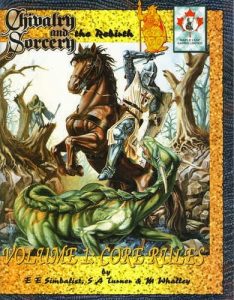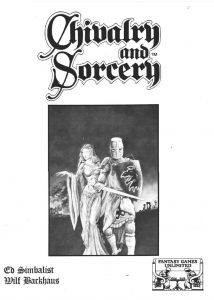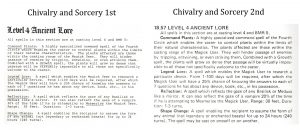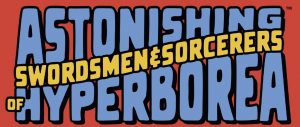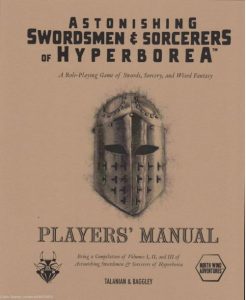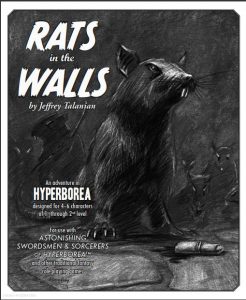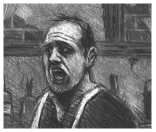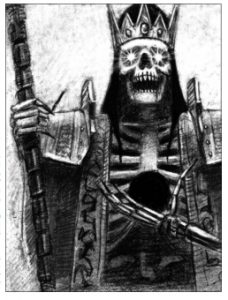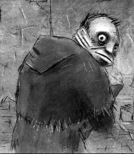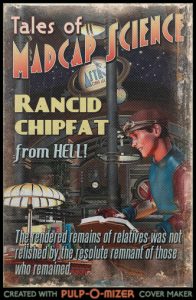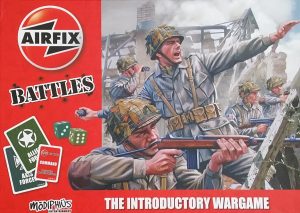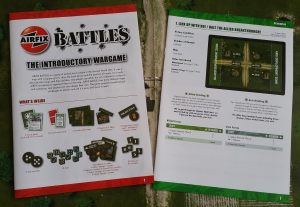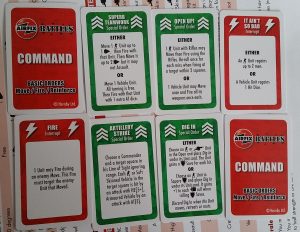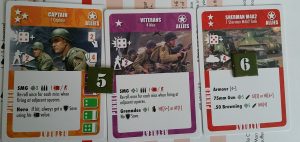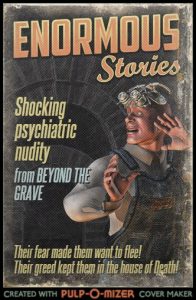“and what is good is not original” goes the quote from Samuel Johnson, in response to someone who sent him a manuscript to read. To quote someone else, the TL:DR version of this post would be “Do not do unto others as you would have them do unto you, their tastes might not be the same”
Fantasy Flight Games recently announced they wet reprinting the D6 West End Games Star Wars RPG, I assume the 2nd Edition revised. A brief twitter conversation with Matt @chimpy20 Hayward about this and reading Grant Morrison’s “super Gods” get me thinking about old game nostalgia and the proliferation of new RPGs.
Grant Morrison’s book talks about the waves of new comic book artists and writers and the need of some, including himself, to denigrate the work of established artists/writers as fuddy-duddy, churning out safe standard work, as part self-publicity, of making their own name.
Fashions change, new work builds on the old and very often what was old is resurrected, either as part of nostalgia by those who was then or rediscovered by a new generation. This is as true of RPGS as it is comics, but, speaking from my own experience, nostalgia is probably the stronger pull in RPGs, just witness the eBay prices for old RPGs. Reprints for collectors are nothing new, neither are games that try to recapture the feel of an older game, usually Original D&D or AD&D.
I was not in the first wave of RPG players, but I was playing in the late 70s, starting with D&D, and following the same path of discovery that the writers of the second generation of RPG writers carved out. D&D has problems with logic and reality, never mind an obsession with weird pole-arms. The Vancian cast and forget magic system, the abstraction of combat, the limitation on non-human advancement, even the whole notion of class and level, went through house-ruling and fanzine variants, them new RPGs arodse to address these perceived shortcomings.
Complex systems meant to model reality in combat, task resolution, skill learning and magic were tried. I loved these. Different character paths were possible, different tactics in combat, without needing huge books of extra feats and options some laters RPGs tried, a complex but concise system as opposes to a simple but encyclopaedic one.
There are some systems that seem perfect for their world, like RuneQuest 2’s implementation of Basic Role-Playing others might have a elegant system, but no compelling world, still more have a terrible system but a world people love to play in, Palladium’s Rifts falls into that category for me, neither part of that appealed but I know people who love it, clunky as the system is.
The attractive thing about a fair few modern RPGs, like Symbaroum, is that they come wrapped in their world. That is not a new idea, but we build on the ideas that came before and try to prove we can do better. This is as true of long lived games like Chivalry & Sorcery as it is of the retroclones like the Old School Renaissance D&D a likes. In the latters’ case they aren’t just trying to recapture Dungeon style gaming, they aim to do something better, for example more consistent rules and/or a better entanglement in the gameworld, both true of Astonishing Swords and Swordsmen of Hyperborea. Doesn’t always work of course, Johnson’s quote is as true of RPGs as it is of music.
At long last we are at the reprint of WEG Star Wars. FFG has it’s own in-house system. They are not proposing to bring the D6 game back to life however it is the one I would play given a chance, not the “living” FFG game. I have not played the FFG game but I read some of the material, which seemed wooly in style and limiting in scope, and it did not enthuse me as did the WEG game. The Ghostbusters descended system and game material of the original strike me as suiting my tastes better.
This isn’t just a grognard disdain for the new though. Venerability does not mean playability, I point you at the original SuperHero 2044 just as neither is novelty. Neither is this about “having fun wrong”. Policing another’s fun, unless it is illegal and/or scares the horses is not only wrong, it’s pointless. Tastes differ and it can be worth playing a game not to your taste if part of a group because that’s what friends do for each other (Doesn’t mean that you can *always* find fun it it, sometimes despite everything it can be a chore).
However whether you might prefer one game over another is not just down to absolute taste. Context also important. These days for me the most important type of context is the amount of time real life gives you and your group to play. I still prefer “crunchy” systems in an absolute sense, but I will prefer to play simpler, more abstracted systems because they resolve system calls more quickly and the story can progress. I used to play 10 hours on a Saturday so I had time to be involved in epic tactical combats, now a couple of hours play a week is a rare luxury.
The point I am building up to is this. While policing someone else’s fun is wrong, if someone says that your way of having isn’t, then getting outraged is probably not worth it, particularly if it is an off-hand remark or a remark in a space limited forum like Twitter. If you get a chance to find out why, maybe a bad experience of other preferences then you may find that useful, but unless you are in a face to face over a beverage, a protracted discussion will probably do neither of you any favours nor will it be fun.
From my own PoV, I will try to stop making easily misinterpreted blanket statements of preference and qualify them where possible. It’ll save time and heartache

